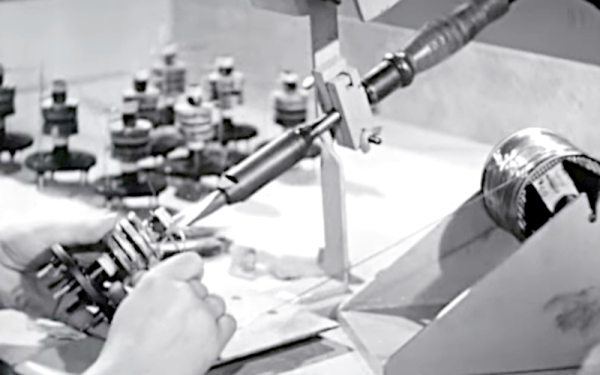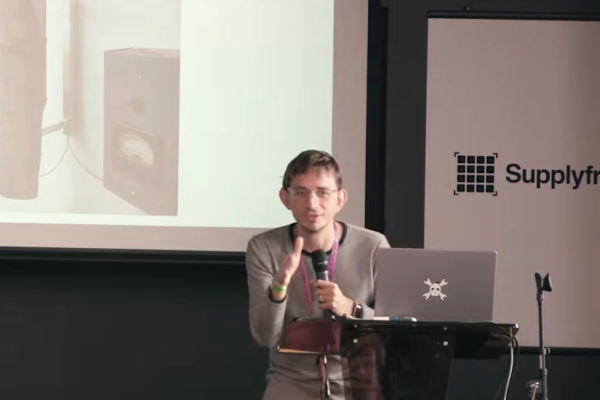“Operation Cookie Monster” ranks as one of the best code names in recent memory. And it’s apropo, given what exactly went down. Genesis Market was one of those marketplaces where criminals could buy and sell stolen credentials. This one was a bit extra special.
Websites and services are getting better about detecting logins from unexpected computers. Your Google account suddenly logs in from a new computer, and a two-factor authentication challenge launches. Why? Your browser is missing a cookie indicating you’ve logged in before. But there’s more. Providers have started rolling out smart analytics that check for IP address changes and browser fingerprints. Your mix of time zone, user string, installed fonts, and selected language make a pretty unique identifier. So sites like Genesis offer Impersonation-as-a-Service (IMPaaS), which is session hijacking for the modern age.
A victim computer gets owned, and credentials are collected. But so are cookies and a browser fingerprint. Then a criminal buyer logs in, and runs a virtual browser with all that collected data. Run through a proxy to get a IP that is geolocated close enough to the victim, and Mr. Bad Guy has a cloned machine with all accounts intact.
And now back to Operation Cookie Monster, a multi-organization takedown of Genesis. It’s apparently a partial takedown, as the latest word is that the site is still online on the Tor network. But the conventional domains are down, and something like eight million credentials have been captured and added to the Have I Been Pwned database.
Another researcher team, Sector 7, has been working the case with Dutch authorities, and has some interesting details. The vector they cover was a fake activation crack for an antivirus product. Ironic. There are several extensions that get installed on the victim computer, and one of the most pernicious is disguised as Google Drive. This extension looks for a Command and Control server, using Bitcoin as DNS. A hardcoded Bitcoin address is polled for its latest transaction, and the receiving address is actually an encoded domain name, you-rabbit[.]com as of the latest check.
This extension will look for and rewrite emails that might be warning the victim about compromise. Get an email warning about a cryptocurrency withdrawal? It modifies it in the browser to be a sign-in warning. It also allows Genesis customers to proxy connections through the victim’s browser, bypassing IP address security measures. Continue reading “This Week In Security: Cookie Monster, CyberGhost, NEXX, And Dead Angles” →

















